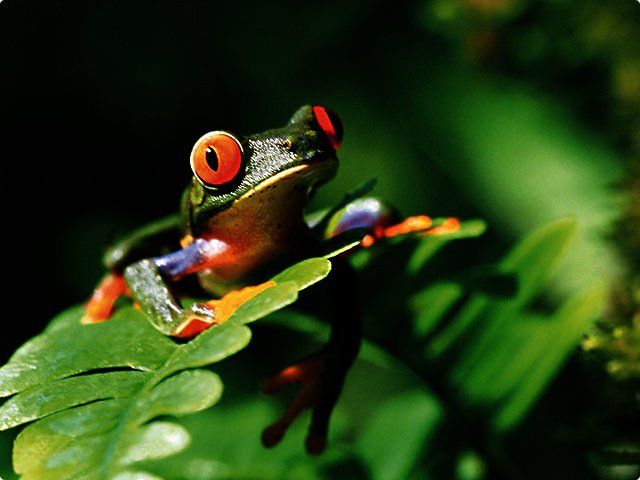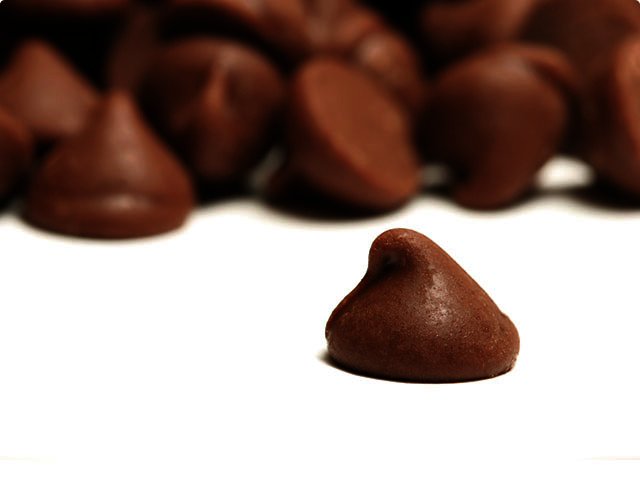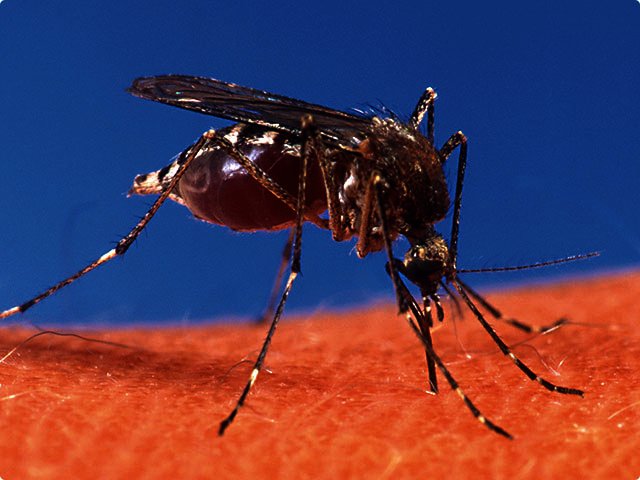PREVIOUS ARTICLENEXT ARTICLE
NEWS

SciNews Jan 2012
By Linda Pretorius 12 January 2012 | Categories: news
Leap frog
Frogs’ legs give them a jump(ing) start. And now scientists think they know how it works. According to a study published in a recent issue of the journal Biology Letters, frogs’ calf tendons stretch and then recoil to thrust them forward. Researchers implanted metal beads into four frogs’ shin bones, ankle bones and leg muscles, and then filmed their jumps in slow motion using 3D X-ray videos.
The footage showed that as the frogs prepare to jump, their calf muscles shorten, while the attached tendon stretches for about a tenth of a second. At the start of the jump the tendon recoils, which provides a burst of energy to push the animal forward. The researchers think it’s one giant leap forward in understanding animal locomotion.
See the frogs jump here.

Sweet temptation
If steering clear of the office vending machine was one of your New Year’s resolutions, we have some good news. According to a study in the journal Appetite, a short, brisk stroll around the block can keep you off the choc. About 80 volunteers who regularly snack on chocolate at the office were asked to either take a 15-minute walk or rest before attending to a task at their desks.
A bowl of chocolates was available to all participants. Those who exercised before sitting down at their desks ate, on average, half the amount of chocolate as the non-exercisers, regardless of the difficulty of the task at hand. The result supports earlier reports that exercise can curb our craving for high-calorie foods. So, next time you want to take a bite, rather take a hike.
Read more here.

Bedtime stories
Our early ancestors slept tight – and without having the bugs bite. Researchers write in a recent issue of the journal Science, that they uncovered fossil evidence of people using insect-repelling plant material for bedding at the Sibudu rock shelter in KwaZulu-Natal. Dated at 77 000 years, these finds are almost 50 000 years older than those previously reported as the earliest evidence of early humans sleeping softly.
The fossilised bedding consisted of a compacted layer of stems and leaves almost a centimetre thick and spread over an area up to 3 m2 inside the cave. The plant material seems to be River Wild quince, known to ward off bugs, and the researchers think the cave dwellers most likely benefitted from the plant’s mosquito-repelling properties.
Read more here.

More amazing science titbits:
A condensed podcast course in quantum mechanics and particle physics: bit.ly/higgsquantum
A condensed podcast course in quantum mechanics and particle physics: bit.ly/higgsquantum
The woolly mammoth to be cloned: bit.ly/woolmam
Sir Isaac Newton’s annotated Principia Mathematica and other papers online: bit.ly/newtonpapers
Sir Isaac Newton’s annotated Principia Mathematica and other papers online: bit.ly/newtonpapers
Article first published in TechSmart 100, January 2012.
USER COMMENTS
Most Read Articles
Read

Magazine Online
TechSmart.co.za is South Africa's leading magazine for tech product reviews, tech news, videos, tech specs and gadgets.
Start reading now >
Download latest issue
Have Your Say
What new tech or developments are you most anticipating this year?
New smartphone announcements (44 votes)
Technological breakthroughs (29 votes)
Launch of new consoles, or notebooks (14 votes)
Innovative Artificial Intelligence solutions (29 votes)
Biotechnology or medical advancements (24 votes)
Better business applications (160 votes)



